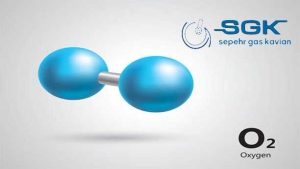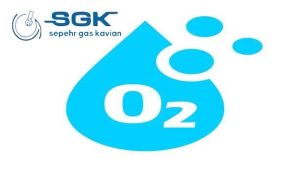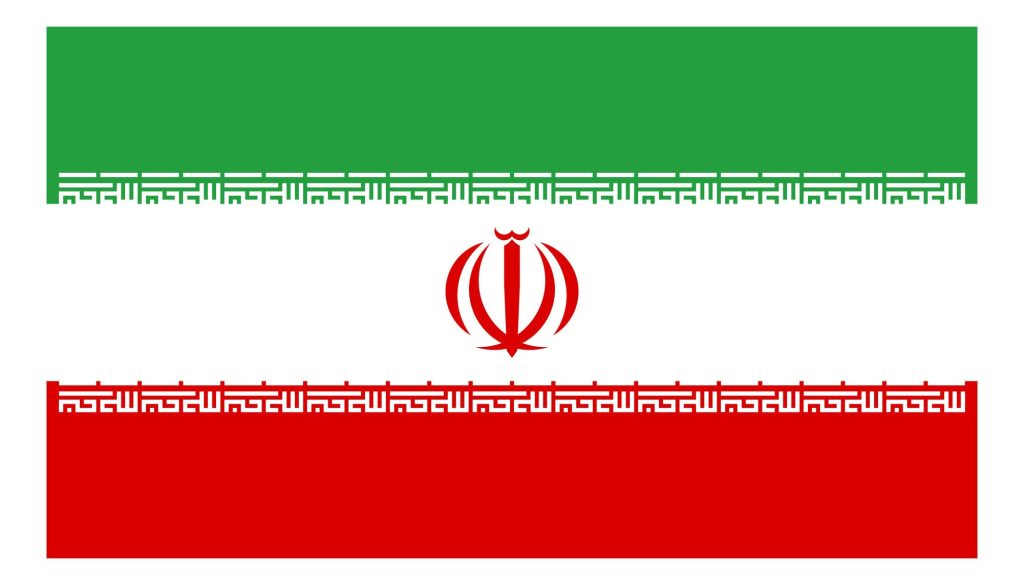Oxygen gas
Oxygen gas is a colorless, odorless, and tasteless gas that is essential for life. It makes up about 20.95% of the Earth’s atmosphere and is the most abundant element in the Earth’s crust.
This gas is a diatomic molecule, meaning that it is made up of two oxygen atoms bonded together. The molecular formula for this gas is O2.
Sepher gas kavian company is the reference laboratory of the standard department in the field of producing and importing oxygen, argon, etc. gases for various industries and laboratory equipment and quantum measurement devices and gas mixtures (calibration gases) with high quality and all equipment related to various active industries.
The available cylinders and capsules for charging O2 are: 40 liters, 50 liters, 10 liters, 5 liters
O2 with a purity of 99%, 99.99%, 99.999%.

Resources
This gas is a renewable resource, meaning that it can be replenished by natural processes. The main sources of This gas are:
The atmosphere: The atmosphere contains about 20.95% O2. This is the main source of This gas for most organisms on Earth.
The oceans: The oceans contain about 50% of the Earth’s O2. This gas is produced by marine plants and algae through photosynthesis.
Water: Water contains dissolved oxygen. This gas is important for aquatic organisms.
Oxides: This gas is also found in many oxides, which are compounds that contain oxygen. Some common oxides include water (H2O), carbon dioxide (CO2), and iron oxide (Fe2O3).
This gas can also be produced artificially by liquefying air and separating theO2 from the other gases. However, this process is not as efficient as the natural production of oxygen.
Produce
There are several ways to produce this gas. Here are some of the most common methods:
Liquefaction of air: This is the most common method for producing this gas on an industrial scale. Air is liquefied by cooling it to very low temperatures. The O2 is then separated from the other gases in the air by fractional distillation.
Electrolysis of water: This method produces this gas by passing an electric current through water. The water molecules are split into hydrogen and oxygen gas.
Decomposition of hydrogen peroxide: This method produces this gas by decomposing hydrogen peroxide (H2O2). Hydrogen peroxide is a colorless liquid that decomposes into water and O2.
Photolysis of water: This method produces this gas by exposing water to sunlight. The water molecules are split into hydrogen and O2 by the energy of the sunlight.
This gas can also be produced on a small scale by using chemical reactions. For example, the reaction of potassium chlorate (KClO3) with manganese dioxide (MnO2) produces oxygen gas.
The specific method used to produce this gas depends on the desired purity and quantity of the O2.

Technical specification
| Chemical symbol | O2 |
| Molecular Weight | 32.00 g/mol |
| Density | Approximately 1.43 kg/m³ |
| Boiling point | -183 degrees Celsius |
| Freezing temperature | -218.8 degrees Celsius |
| Solubility in water |
It is usually soluble in water |
Applications of Oxygen gas
This gas is a versatile gas with a wide range of applications. Some of the most common applications of this gas include:
Medical: This gas is used to treat patients with respiratory problems, such as asthma and COPD. It is also used to help patients who are recovering from surgery or who have been injured.
Industrial: This gas is used in a variety of industrial processes, such as welding, metal cutting, and glass blowing. It is also used in the production of chemicals, plastics, and textiles.
Spaceflight: This gas is essential for life in space. It is used to provide O2 to astronauts and to create a breathable atmosphere in spacecraft.
Diving: This gas is used in scuba diving to provide oxygen to divers and to create a breathable atmosphere underwater sepehr gas kavian .

Danger of Oxygen gas
This gas is an essential element for life, but it can also be dangerous if not handled properly. Here are some of the dangers of oxygen gas:
Fire: This gas is a strong oxidizing agent, which means that it can cause fires to burn more vigorously. This is why it is important to keep this gas away from open flames and other sources of ignition.
Explosion: If this gas is mixed with other flammable gases, such as methane or propane, it can form an explosive mixture. This is why it is important to store and handle oxygen gas in a safe manner.
Health hazards: Breathing pure O2 for a long period of time can cause oxygen toxicity, which can lead to seizures, coma, and even death. This is why it is important to use this gas only as directed by a doctor.
Skin and eye irritation: Contact with liquid oxygen can cause severe skin and eye irritation. This is why it is important to wear protective clothing when handling liquid oxygen.





